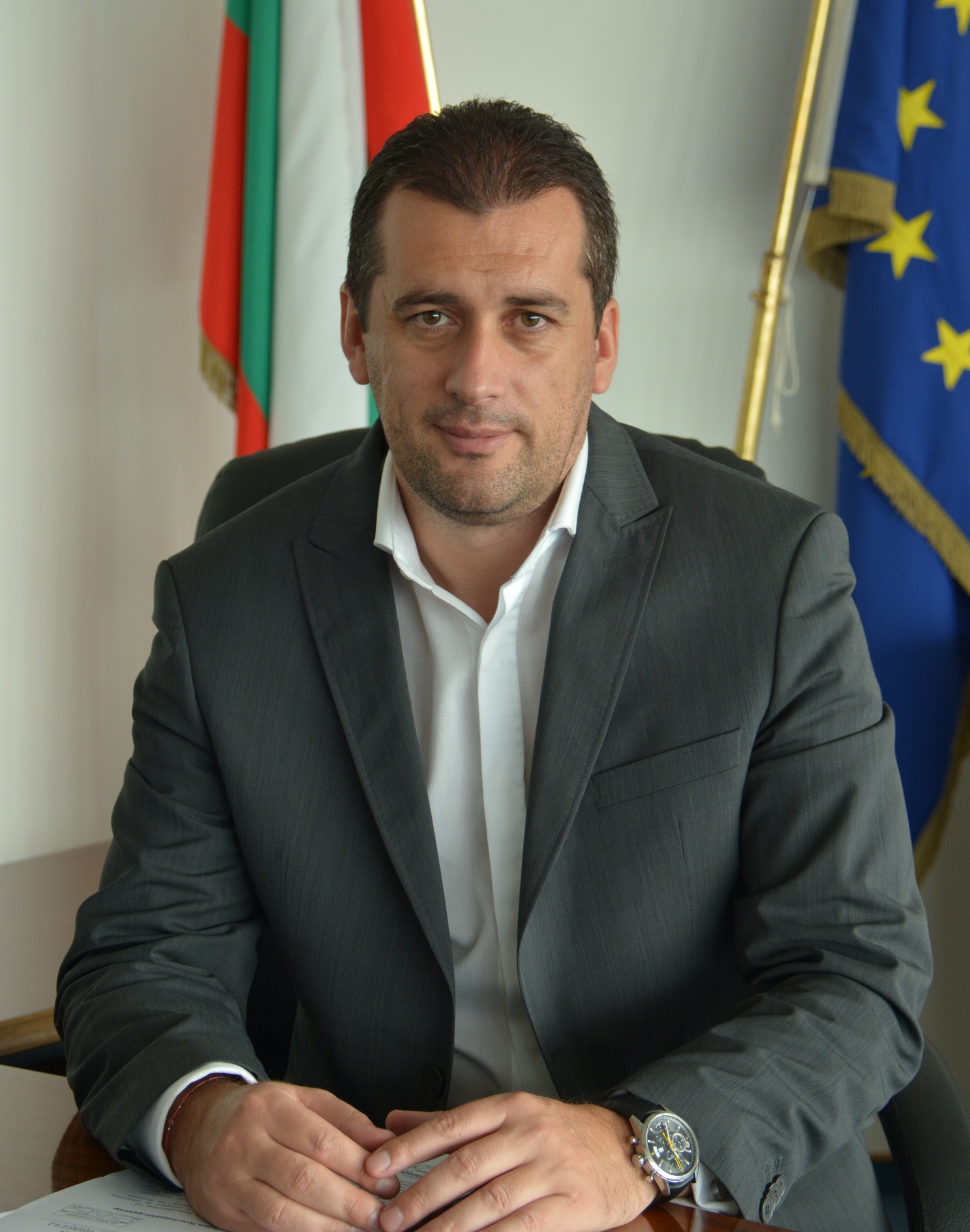24 February 2015
Interview with... Georgi Peev - Director General BULATSA
Director General BULATSA
[Cleared n°2- Year XII February 2015]
Director General BULATSA
[Cleared n°2- Year XII February 2015]

BULATSA is at a crossroad, the crisis situation in the Black Sea region has drastically changed traffic flows. What operational and technical challenges are you facing?
BULATSA deals mainly with traffic flows connecting Europe with Turkey, Middle East and Far East. Indeed the crisis in the Ukrainian airspace changed drastically the traffic flows and BULATSA experienced unexpectedly about 30% increase of the number of traffic in 2014. We had no chance but to react immediately in terms of human resources reallocation, cross-training and en-route sectors adaptation in order to accommodate the traffic demand. It has been extremely difficult to manage the traffic during the summer months of last year and I will once again sincerely thank our Air Traffic Controllers and all staff at BULATSA for their outstanding efforts. Only if you love this job you can outperform to a level that initially seems impossible.
It has been very challenging to ensure zero delay due to ATC reasons. We know that if we try to regulate the flow we will cause chaos and many unhappy passengers at big European airports. And reality is - flights coming from Asia would suffer far less because they cannot be regulated at their departure. So we feel that we must take the challenge to provide safe and efficient air traffic services with utmost alertness from our Air Traffic Controllers and System Engineers.
SESAR, FABs, Deployment Manager, environmental initiatives, how is BULATSA addressing the new environment created with the Single European Sky?
The Single European Sky is a key focus for us and maybe for most aviation stakeholders in Europe. We recognise that BULATSA has to be proactive and reliable partner because the Single European Sky is about partnering. Partnering within a FAB, within SESAR, with the Commission - you name it.
We consider SESAR research, demonstration and deployment as key SES elements. Under the leadership of ENAV, BULATSA expressed interest to become part of the new SESAR 2020 program and to participate in a number of projects, shaping the technological future of our industry.
Since DANUBE FAB's State Agreement entered into force on 16 November 2012, the functional block has made good progress in a number of areas towards improving operations. DANUBE FAB established two Cross-Border Sectors based on operational needs. They have been operational since 11 December 2014, and the successful implementation of this initiative further optimises the route network, bringing fuel and CO2 savings to airspace users, as well as contributing to the achievement of the EU-wide capacity and environmental targets.
Following successful submission of application for Trans-European Transport Network funds in the field of ATM, DANUBE FAB continues with the implementation of elements of Free route airspace and Datalink services that are part of the SESAR Interim Deployment Program. BULATSA was active in the SESAR Interim Deployment Steering Group activities, aiming to contribute to the synchronised deployment of the elements in the SESAR Interim Deployment Program and to ensure the transition to the SESAR Deployment Manager and Deployment Program.
BULATSA intends to continue to be a proactive part of the implementation level of the SESAR deployment. We already met the Deployment Manager and draw our future collaboration opportunities i.e. the Deployment coordination platform, CEF funding, etc.
What are BULATSA's key priorities for the future at national and international level?
The first priority of BULATSA would be to keep and improve our safety performance through investing in our people, introduction of new technologies and adoption of innovative ATM solutions.
A key priority at national level is also reaching an optimum level of synergy of our resources - people and technology in order to meet the increasing air traffic demand (the situation in Ukraine, even further stressed the importance of the optimal use of our key assets).
At international level our main priority is to make BULATSA's brand more visible to the global aviation community. We are willing to share our knowledge, our best practices, and we are open to adopt new ones, as long as this process is based on collaboration and partnership.
The role of ANSPs is changing, how cooperation among ANSPs can help in achieving your objectives?
The cooperation among ANSPs is the way forward. It provides a key message to the aviation community that we, the ANSPs are working in a synchronized manner towards building a sustainable future for the air transport. Part of that message is that together we can create more value with fewer resources and provide safer, more cost-efficient services. We have already set the foundations with some important initiatives.
The Gate One agreement created a regional ANSP platform of Central and Eastern Europe signed by 11 ANSPs from FAB CE, DANUBE FAB and Baltic FAB, aiming to promote the efficiency of European ATM through an enhanced cooperation.
In October 2014 DANUBE FAB ANSPs agreed with BLUE MED FAB a 'Letter on ANSP level cooperation in FAB matters' with the purpose to establish regular cooperation with a view to exchanging plans and activities within the FAB framework, especially in the areas of operations, technical domain, training, performance and safety.
BULATSA, along with the other European ANSPs, is also active in the teams of the Civil Air Navigation Services Organisation - CANSO.
For us it is obvious that in todays interconnected and rapidly evolving world the international cooperation is something you cannot live without. No one can survive by themselves in this ever-changing and demanding environment simply because a single player is always too small to manage change. This is why we see the role of industrial partnerships growing stronger and possibly they hold the potential of stable future for the ANSPs.


